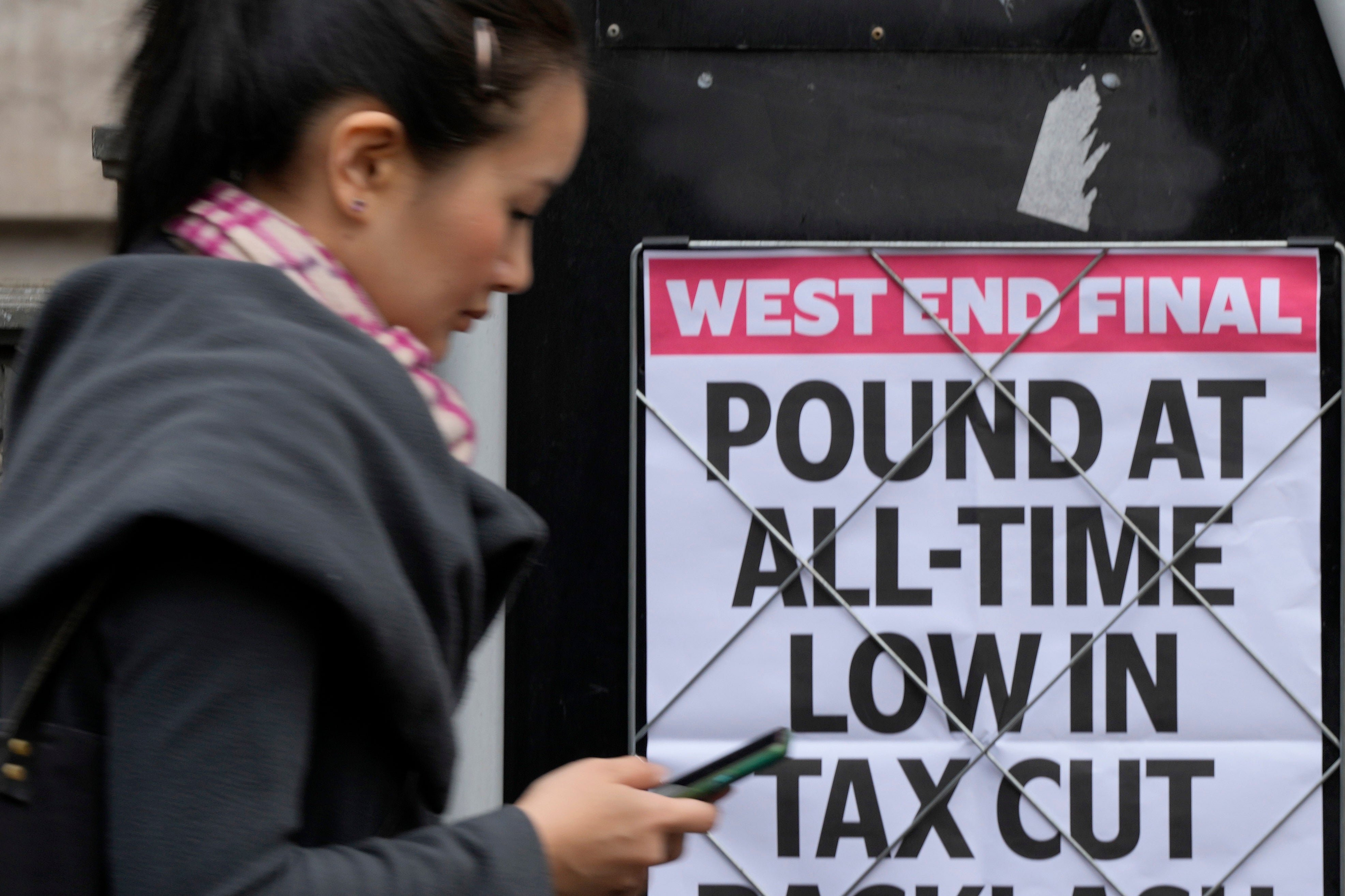Before you panic about mortgages, here are the facts
There are plenty of views about the market – but this is one of those situations where views are less helpful than numbers, writes Hamish McRae


The surge in mortgage interest rates inevitably means a softer housing market – and the great question is whether they will also lead to a full-blown crash. What do we know?
Well, we know for a start that a number of lenders including the Halifax subsidiary of Lloyds Bank have paused making new mortgages. We know that the markets have pushed up the interest rates on government stock to above 4 per cent, and that the Bank of England is clearly going to boost its interest rates further. But we don’t how high rates will go, whether there will be a serious recession this winter, and – conversely – we don’t know how big the positive impact will be from the cuts in stamp duty. There are plenty of views about the market – but this is one of those situations where views are less helpful than numbers.
So some numbers. The core numbers are the cost of money to the lenders – and the easiest way to see that is to look at what the government has to pay. That is the anchor for interest rates that banks pay on the money market. Typically, banks will have to pay a bit more than the government. They also have to add on their admin costs and allow for the quite small risk of a borrower defaulting. So gilt yields are the floor – and that floor is a lot higher now than it was a few months ago.
Two-year gilts on Tuesday were around 4.3 per cent compared with 0.7 per cent at the beginning of the year. Five-year gilts were 4.4 per cent and 10-year gilts were 4.2 per cent. By historical standards, these rates are pretty normal – for 10-year gilts yielded between 4 per cent and 6 per cent through the decade from 1998 to 2008. In the 1970s, ’80s and early ’90s, they were even higher. But since the 2008 banking crash, gilt yields fell dramatically, with the two and five-year rates going negative in 2020. Of course mortgage rates never went negative – banks have to make some profit – but most home borrowers have never experienced what used to be normal interest rates.
We don’t know where rates will go in the future but we do know this is a global phenomenon, with US 10-year rates 3.8 per cent and Italian rates 4.5 per cent. However, the dreadful response on the markets to the government’s tax cuts and extra spending plans means that UK rates have gone faster than most. Realistically, that risk premium for the UK is not going away anytime soon, and global rates will not fall much for a couple of years either. So home-buyers have to plan on paying 5 per cent or more for a new mortgage. If they have a fixed rate, then it will be that sort of level if they have to roll one over.
What does this do to the housing market? There are a lot of influences and the cost of mortgages, while important, is only one of them.
There is the state of the economy, and while there is clearly going to be a global slowdown we don’t know how serious that will be. There does seem to be continuing pressure for immigration into the UK, with net migration running at about 250,000 a year. Thanks in part to lifestyle changes following the pandemic, including working remotely, people want bigger homes. Homeownership seems to be rising again, with 65 per cent of UK homes owner-occupied, and continued strong desire for people to own their homes.
To keep up to speed with all the latest opinions and comment sign up to our free weekly Voices Dispatches newsletter by clicking here
Pull these together the demand side of the equation looks reasonably solid, while planning and other restrictions seem likely to hold back supply. The market will also be underpinned by cash buyers, which according to Savills account for one-third of all purchasers.
There is a further twist to the tale, which stems from the very strong rise in prices over the past year. The most recent numbers from the Office for National Statistics show an increase of 15.5 per cent over the 12 months to July, the highest rate of increase since May 2003. The biggest fall in recent years was a decline of 15.6 per cent in the year to February 2009. So if the fall in the coming months were similar to that which happened in 2008/9, only people who bought in the past year would actually see a loss on their purchase. Everyone else would still be ahead.
So will this be as bad as that last crash? Here we have to leave the facts behind and make a judgement. My answer to that is: no. I think it is quite possible there could be a 10 per cent “correction” – that word people use when a market has got overblown and needs to deflate a bit.
More likely, though, is a long period of more-or-less stable prices overall, with some areas and types of property climbing and others slipping. If this is right, homes will gradually become more affordable as wages catch up. But we will not have much of a feeling for the outcome until markets settle down. It will be some time before that happens.



Join our commenting forum
Join thought-provoking conversations, follow other Independent readers and see their replies
Comments